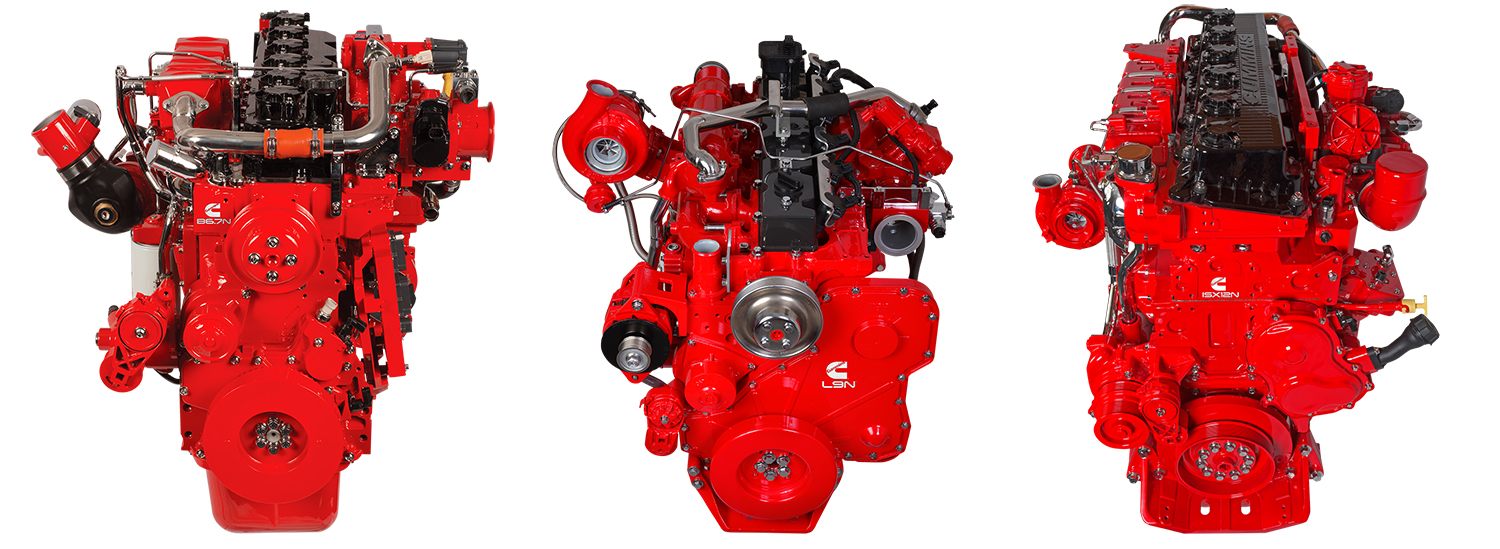Development of Near-Zero Emission Natural Gas Engines Rolls On
Three natural gas engines designed primarily for medium- and heavy-duty trucks and buses and developed with support from the California Energy Commission, have received federal and state certification as near-zero emission engines.
The U.S. Environmental Protection Agency (EPA) and the California Air Resources Board (CARB) certifications mean the advanced 6.7-liter, 9-liter, and 12-liter engines developed by Cummins Westport Inc., are among the cleanest in their individual class. All three meet EPA’s 2017 greenhouse gas (GHG) emission requirements and CARB’s optional low nitrogen oxide (NOx) standards.
The engines can run on compressed or liquid natural gas or renewable natural gas which offers even greater GHG reductions.
Near-zero emission vehicles play an important role in meeting California’s clean air goals especially in places like the South Coast Air Basin and San Joaquin Valley, two of the state’s most heavily polluted areas.
The transportation sector is the largest source of GHG emissions in the state, according to CARB’s 2017 Greenhouse Gas Emission Inventory. Heavy-duty trucks are the second largest contributor in that sector. Heavy-duty diesel trucks are the largest emitters of NOx, an air pollutant that leads to smog formation.
Engine development was funded in part by the Energy Commission’s Natural Gas Research and Development Program in partnership with the South Coast Air Quality Management District, the Southern California Gas Company, the Institute of Gas Technology, and Clean Energy Fuels, Corp.
Photo courtesy of Cummins Westport



